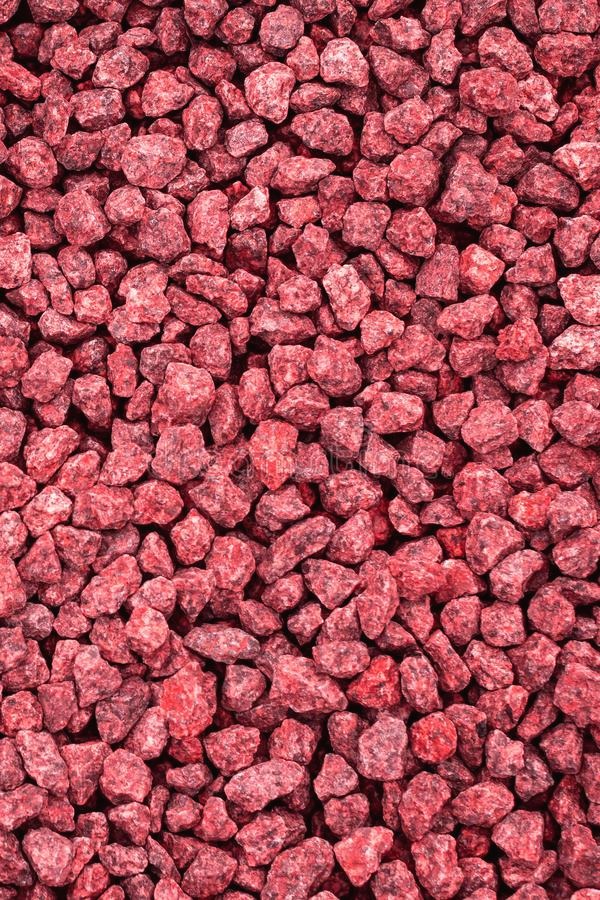티스토리 뷰
inductive learning은 우리가 알고 있는 supervised learning으로, 어떤 function parameter (ex. classifier)를 주어진 labled training data로 학습하는 것이다.
transductive learning은 unlabeled training data도 그들이 가진 특성(ex. 데이터 간 연결 관계, 거리)을 활용해 새로운 prediction을 하는 것이다. 따라서 사전에 명시적인 function parameter를 학습하지 않는다.
위키피디아의 다음 예가 차이점을 잘 설명해준다.

The inductive approach to solving this problem is to use the labeled points to train a supervised learning algorithm, and then have it predict labels for all of the unlabeled points. With this problem, however, the supervised learning algorithm will only have five labeled points to use as a basis for building a predictive model. It will certainly struggle to build a model that captures the structure of this data. For example, if a nearest-neighbor algorithm is used, then the points near the middle will be labeled "A" or "C", even though it is apparent that they belong to the same cluster as the point labeled "B".
Transduction has the advantage of being able to consider all of the points, not just the labeled points, while performing the labeling task. In this case, transductive algorithms would label the unlabeled points according to the clusters to which they naturally belong. The points in the middle, therefore, would most likely be labeled "B", because they are packed very close to that cluster.
출처: https://en.wikipedia.org/wiki/Transduction_(machine_learning)
'Research (연구 관련)' 카테고리의 다른 글
| triple product of vectors (0) | 2020.04.17 |
|---|---|
| install pycocotools (0) | 2020.04.10 |
| C++ reference variable (0) | 2020.04.02 |
| pytorch batch normalization (0) | 2020.02.05 |
| install nvidia-driver & hangul in Ubuntu18.04 (0) | 2020.01.23 |
- Total
- Today
- Yesterday
- Generative model
- deep learning
- nerf
- part segmentation
- 문경식
- VAE
- 에디톨로지
- 머신러닝
- 비전
- Interview
- world coordinate
- camera coordinate
- Transformation
- Virtual Camera
- 컴퓨터비젼
- densepose
- pytorch
- 헬스
- spin
- Docker
- nohup
- 피트니스
- Pose2Mesh
- Machine Learning
- 컴퓨터비전
- demo
- 2d pose
- focal length
- pyrender
- 인터뷰
| 일 | 월 | 화 | 수 | 목 | 금 | 토 |
|---|---|---|---|---|---|---|
| 1 | 2 | 3 | 4 | 5 | ||
| 6 | 7 | 8 | 9 | 10 | 11 | 12 |
| 13 | 14 | 15 | 16 | 17 | 18 | 19 |
| 20 | 21 | 22 | 23 | 24 | 25 | 26 |
| 27 | 28 | 29 | 30 | 31 |
